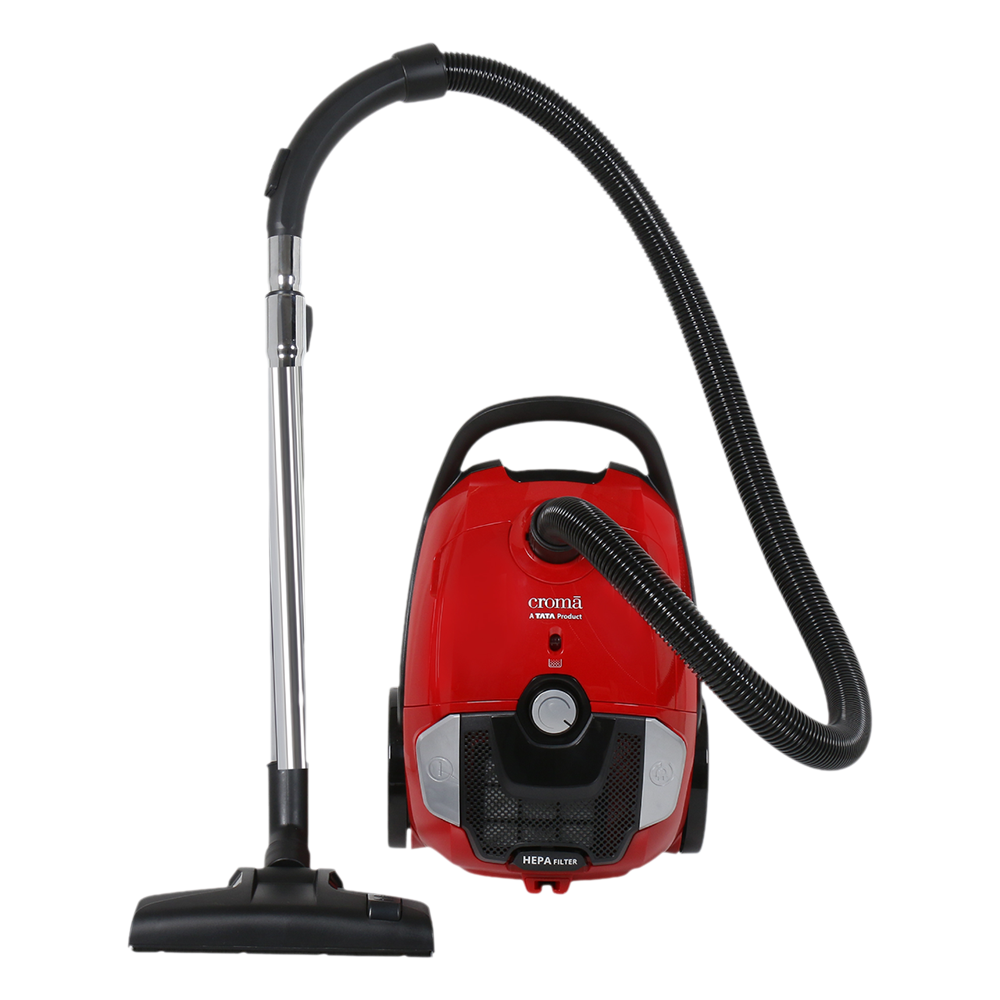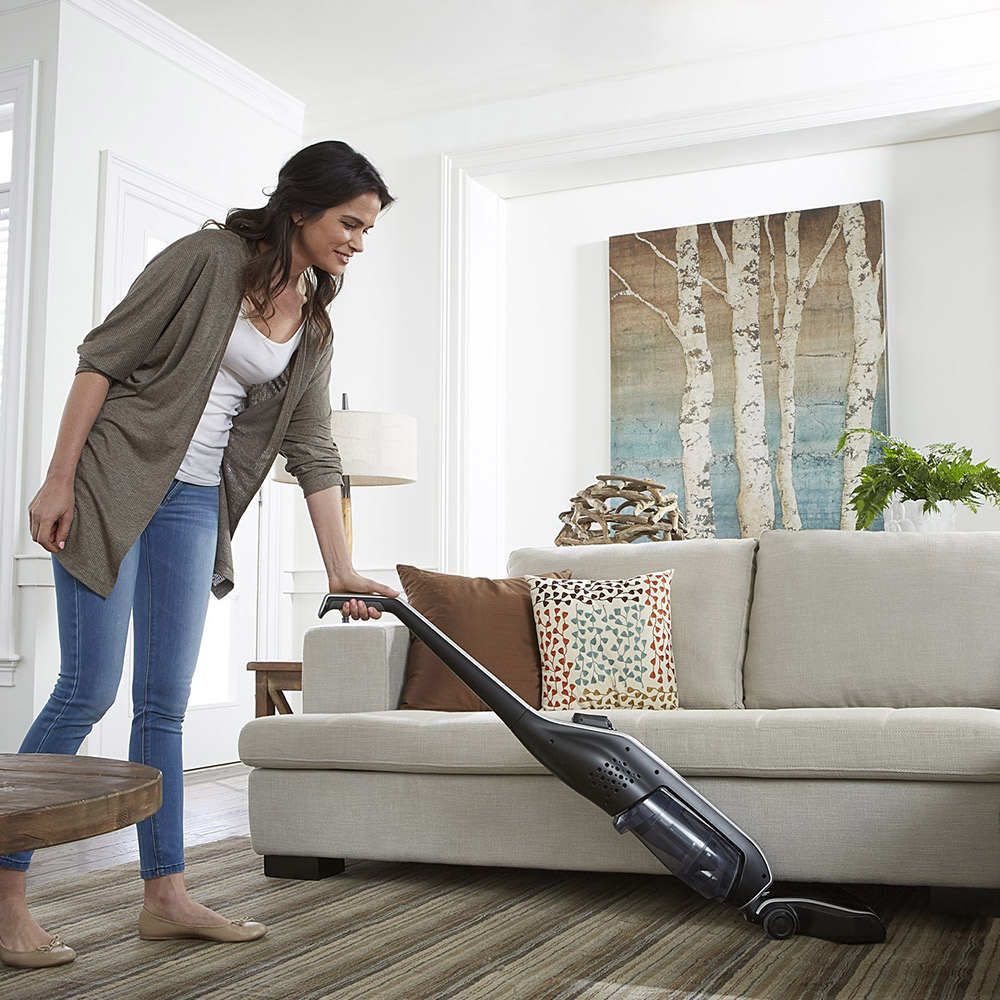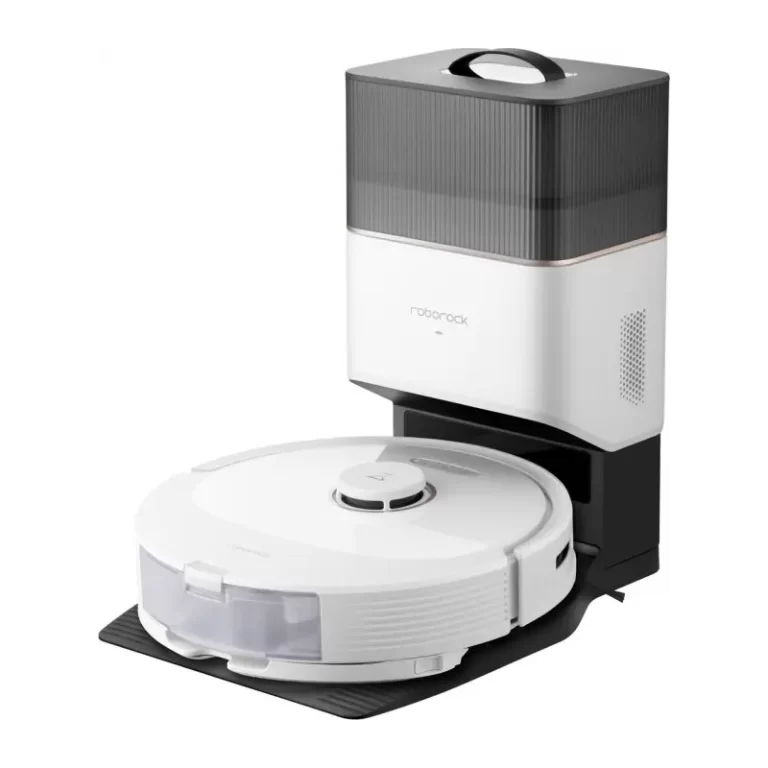The Lifespan of Fleas in Vacuum Environment
How long can fleas live in a vacuum cleaner? When dealing with fleas, homeowners often turn to their trusty vacuum cleaner. The question remains, ‘How long can fleas live in a vacuum cleaner?’ The lifespan of fleas within the confines of a vacuum environment can vary significantly. Surprisingly, these tiny pests can endure inside a vacuum cleaner’s bag or canister for quite a while. Research suggests that fleas, without access to their preferred hosts, might survive for a couple of days to a week. This survival span depends on several factors including humidity, temperature, and the flea’s life stage. Flea pupae might be more resistant and live longer, playing a vital role in their notoriously tricky elimination. Therefore, simply vacuuming might not always be the ultimate solution for flea problems. Understanding the durability of fleas can lead to more effective vacuuming strategies and helps ensure that the effort to eradicate these pests is successful.

Understanding Flea Survival Mechanisms
To tackle the flea problem effectively with your vacuum cleaner, it’s important to understand how fleas manage to survive the suction and upheaval they face within such environments. Fleas possess a set of characteristics and behaviors, described below, that contribute to their resilience.
Physical Adaptations
Fleas are built for endurance. They have tough exoskeletons that protect them from physical damage. This armor-like outer layer helps them withstand the pressure and forces inside a vacuum cleaner.
Ideal Environment Conditions
Even inside a vacuum, conditions can sometimes be just right for flea survival. Fleas favor warm and humid climates. If the vacuum’s interior gets warm or is not emptied regularly, it can become a haven for fleas.
Survival Without Hosts
Fleas do not need a host to stay alive for short periods. This means they can persist in a vacuum cleaner for several days, as they can enter a state of dormancy until they access a host again.
Life Stage Resilience
The life stage of the flea plays a crucial part in its survival. Flea pupae and larvae can be more resistant to harsh conditions compared to adult fleas.
Understanding these mechanisms behind flea survival can shed light on why simply vacuuming might not be a silver bullet for flea infestations, and help homeowners craft more effective strategies to combat these pests.
Factors Affecting Flea Longevity in Vacuums
Several factors impact how long fleas can live within the confines of a vacuum cleaner. It’s crucial to take these into account when dealing with flea infestations. Below we outline key elements influencing flea longevity inside a vacuum.
Temperature and Humidity
Fleas thrive in warm and humid conditions. If a vacuum cleaner’s bag or canister maintains such an environment, fleas may live longer. High humidity levels allow flea eggs and larvae to develop without drying out. Conversely, a dry and cool vacuum interior can shorten their lives.

Availability of Food Sources
Typically, without a host, fleas won’t survive for long. Inside a vacuum, fleas may find food particles or even flea eggs and larvae to feed on, which can extend their life. Homeowners should empty their vacuum cleaners frequently to minimize this risk.
The Vacuum’s Structure
The design of the vacuum cleaner may affect flea survival. Bagless vacuums could offer fleas more opportunities to escape and survive than those with bags. Regularly disposing of vacuum bags helps reduce flea longevity.
Vacuuming Frequency
The more often you vacuum, the less chance fleas have to settle and survive. High-frequency vacuuming disrupts flea life cycles, making it harder for them to endure the vacuum environment.
Presence of Pesticides
If the vacuum bag or canister contains flea treatment chemicals, the lifespan of vacuumed-up fleas may significantly decrease. These substances target and eliminate fleas, preventing them from living longer.
Understanding these factors can improve your vacuuming techniques. It helps ensure you are effectively limiting the opportunity for fleas to survive after they’ve been vacuumed up.
Vacuuming Tips to Effectively Combat Fleas
Effective vacuuming is key in the fight against fleas. Here are some tips to use your vacuum cleaner to its fullest potential in combating these persistent pests.
Regular and Thorough Vacuuming
Vacuum often to disrupt flea life cycles. Focus on areas where pets rest and carpets where fleas thrive. Make sure to reach corners and under furniture.
Seal and Dispose of Vacuum Bags
If using a bagged vacuum, seal and throw away the bag after each use. This prevents fleas from escaping back into your home.
Use Flea Treatment Inside the Vacuum
Add flea-killing powders or use flea collars in vacuum bags. These treatments help kill fleas inside the vacuum.
Empty Bagless Vacuums Outside
For bagless models, empty the canister far from your home. This reduces the chance fleas return indoors.
Clean the Vacuum After Use
Wipe down and sanitize your vacuum cleaner regularly. This removes any fleas clinging to the outside.
Vacuum Multiple Surfaces
Don’t just vacuum floors. Upholstery, curtains, and pet bedding are flea havens too.
By following these tips, you can enhance your vacuuming routine and better tackle flea infestations. Remember, efficiency matters as much as frequency when vacuuming to combat fleas.
The Science Behind Flea Resilience to Suction
Fleas are surprisingly tough against vacuum suction. This can baffle homeowners relying on vacuuming to control infestations. The science behind this resilience is rooted in fleas’ physical structure and behavior. Firstly, fleas have a strong exoskeleton. It acts as a shield against the force of suction. Secondly, fleas are tiny and lightweight. So, they face less impact from vacuum airflow compared to larger debris. Their size lets them stay in vacuum cleaner corners and crevices. Thirdly, their powerful hind legs aid them in gripping onto surfaces. They can cling to carpet fibers even when a vacuum passes over. Lastly, fleas can go into a dormant state in the absence of a host. This means they can survive without immediate food. Remember these points when vacuuming. They highlight why regular cleaning alone might not be enough. Homeowners should combine vacuuming with other flea control methods for the best results.
Comparing Vacuum Cleaners’ Effectiveness Against Fleas
When tackling flea infestations, not all vacuums perform the same. Their effectiveness can vary, impacting how well they assist in flea control. Here, we compare different types of vacuum cleaners and how they stand up against fleas.
Bagged versus Bagless Vacuums
Bagged vacuums might be better at trapping fleas. Once sucked up, fleas are contained within the bag. This makes it hard for them to escape. Sealing and discarding the bag can further prevent flea survival. Bagless vacuums, on the other hand, have canisters that need emptying. Fleas may escape during this process. Careful disposal is key to ensure they don’t survive.
With or Without Pesticide Functions
Some vacuums can dispense pesticides while cleaning. This feature can kill fleas as you vacuum them up. A vacuum without this function might leave fleas alive inside. If your vacuum lacks pesticide abilities, consider placing flea treatment inside.
Suction Power
Vacuums with strong suction power might offer a better chance at removing fleas. They are more effective at picking up fleas and their eggs from carpets and upholstery. A vacuum with weaker suction may not be as efficient in flea removal.
HEPA Filters
Vacuums equipped with HEPA filters can trap flea eggs and feces. These filters capture particles as small as 0.3 microns. A vacuum without HEPA filters could release allergens and small particles back into the air.
When choosing a vacuum to combat fleas, consider these features. A higher-end vacuum with strong suction, a bagging system, and the ability to dispense pesticides may offer the best protection. Remember to pair vacuuming with other flea control measures for effective eradication. Combining techniques ensure that you tackle both adult fleas and their lifecycle stages.
Common Misconceptions About Fleas and Vacuums
Many believe that using a vacuum immediately solves a flea problem. This is not the case. It’s a common misconception that vacuuming alone eliminates all fleas. In fact, as outlined earlier, fleas can survive in a vacuum environment for several days. People think that any vacuum can handle a flea invasion. Yet, we’ve seen that the type of vacuum matters. Bagless vacuums, for instance, can allow fleas to escape more easily.
Another myth is that vacuums kill all stages of fleas. Adult fleas may be sucked up, but eggs and larvae might remain in carpets. There’s also the belief that fleas cannot survive the strong suction of a vacuum. However, these pests are resilient. Their exoskeletons and the ability to cling to surfaces help them resist the force. Some even think vacuums with HEPA filters will filter out all flea-related debris. While HEPA filters can trap many particles, they may not capture all fleas or their eggs.
Remember, understanding these misconceptions is key. Combining proper vacuuming with other flea control strategies is vital for effective elimination.
Recommended Practices for Flea Eradication Using Vacuums
When fighting fleas, a vacuum can be a powerful tool. Below are some recommended practices to maximize the effectiveness of vacuuming in the battle against these hardy pests.
Use a Vacuum with Strong Suction
Choose a vacuum that has powerful suction. This ensures that fleas, eggs, and larvae are picked up from fabrics and floors.
Opt for Bagged Vacuums When Possible
Bagged models trap fleas more effectively than bagless ones. After vacuuming, seal the bags and dispose of them immediately.
Vacuum Frequently and Methodically
Vacuum your home often, especially in areas where your pets spend time. Be thorough, covering all corners and hidden spots.
Combine Vacuuming with Chemical Treatments
Apply insecticides or use flea control powders before vacuuming. These can kill fleas that are picked up by the vacuum.
Immediately Empty Bagless Vacuum Containers
If you have a bagless vacuum, always empty it outside your home. This prevents fleas from crawling back inside.
Clean Your Vacuum Regularly
After each use, clean out your vacuum. Fleas can cling to the brush rollers and inside the canister.
Use HEPA Filters for Additional Protection
Vacuums with HEPA filters can catch tiny flea eggs and larvae. Use them to reduce potential allergens as well.
Incorporate Natural Flea Repellents
Natural remedies like diatomaceous earth or baking soda can be spread on carpets before vacuuming. These substances can dehydrate and kill fleas.
By implementing these strategies, you can significantly reduce the chances of fleas surviving in your home after vacuuming. However, remember that vacuuming is just one part of controlling a flea problem. For best results, combine it with other methods like regular pet treatments and home cleaning routines.



